38 labels and selectors in kubernetes
Kubernetes, Labels and Selectors - Automated Ramblings The replica controller could only find 3 pods running using the matchLabel selector after we changing the run label on pod web-internal-6b444b6dd9-kd8w2 and deployed another pod to remediate the issue. Labels and selectors have many additional uses to the one covered in this post; they are a core part of the Kubernetes platform. Kubernetes - Labels & Selectors - tutorialspoint.com Labels selector are core grouping primitive in Kubernetes. They are used by the users to select a set of objects. Kubernetes API currently supports two type of selectors − Equality-based selectors Set-based selectors Equality-based Selectors They allow filtering by key and value. Matching objects should satisfy all the specified labels.
Kubernetes Core Concepts - Labels, Selectors and Annotations What are Selectors in Kubernetes? Selectors are used to filter out objects based on their assigned Labels. Labels and Selectors goes hand in hand. For example Selectors will help us filter out objects like give all the application pods which are of type staging. Example syntax to define Selectors

Labels and selectors in kubernetes
Labels and Selectors in Kubernetes - howtoforge.com To get Pods matching a label of our choice, we can "--selector" in the command as follows. kubectl get pods --selector environment=test kubectl get pods --selector app=nginx We can also use "-l" instead of "--selector" to get the Pods matching the label of our choice. kubectl get pods -l environment=test kubectl get pods -l environment=prod Kubernetes Labels & Selectors - Kubernetes - Wisdom Jobs Labels selector are core grouping primitive in Kubernetes. They are used by the users to choose a set of objects. Kubernetes API currently supports two type of selectors −. Equality-based selectors; Set-based selectors; Equality-based Selectors. They let filtering by key and value. Matching objects should please all the stated labels. Set ... Kubernetes Selector | How does Selector Works in Kubernetes? - EDUCBA We apply labels to the Kubernetes objects to organize or select a group of objects. Labels can be attached at creation time or added and modified at any time. Labels are case sensitive. ... We have two types of selectors that are supported by Kubernetes API - equality-based and set-based. Above mentioned examples are equality-based selectors.
Labels and selectors in kubernetes. Kubernetes Labels | Labels And Annotations In Kubernetes - K21Academy Here are some examples of labels in Kubernetes 1) key - kubernetes.io/cluster-service value - true 2) key - appVersion value - 1.0.0 Also Read: Our blog post on Persistent Storage in Kubernetes. Click here Creating Labels In Kubernetes What is the difference between Label and Selector in kubernetes? Via a label selector, the client/user can identify a set of objects. The label selector is the core grouping primitive in Kubernetes. In a nutshell label selectors depend on labels to select a group of resources such as pods. For example a deployment selects a group of pods by a label selector in the deployment spec. Kubernetes Matchlabels - Linux Hint In this post, we will mostly discuss Labels, MatchLabels, and Selectors and how they will be used in pods, services, and deployments. You will know how Kubernetes items like Job, Deployment, Replica Set, and Daemon Set employ these ideas once you understand them. ... Within Kubernetes, labels are a key/value formatted piece of metadata linked ... certified-kubernetes-administrator-course/04-Labels-and-Selectors.md at ... Labels and Selectors. Take me to Video Tutorial; In this section, we will take a look at Labels and Selectors. Labels and Selectors are standard methods to group things together. Labels are properties attached to each item. Selectors help you to filter these items. How are labels and selectors are used in kubernetes?
Labels, Selectors and Annotations for Kubernetes resources - InfraCloud In this chapter, we will talk about what are labels, selectors, and annotations in the case of Kubernetes. Let's understand in detail about the equality based and set based requirements and what are the resources that support equality based requirements but not the set based requirements. What are Kubernetes Labels and Label Selectors? - YouTube 460 subscribers. What's covered: - What is a Kubernetes Label? - What is a Kubernetes Label Selector? - What's the purpose of Labels and Selectors? - Ways to use Labels and Selectors. Kubernetes Labels, Selectors, and Annotations | Getting Started - ContainIQ Kubernetes has many moving parts, and it is essential to wrap your head around quite a few of them if you want to work within Kubernetes efficiently. One of these important aspects is "metadata," namely labels, selectors, and annotations. These three types of metadata each have their role to play when configuring and working with Kubernetes, whether it is stitching multiple resources together or just providing some more context for developers and DevOps engineers. Labels and Selectors in Kubernetes | Kubernetes شرح - YouTube Labels are a type of metadata in Kubernetes that take on the form of a key-value pair attached to objects such as pods and services. Labels are often used to...
Labels and Selectors - Kubernetes The label selector is the core grouping primitive in Kubernetes. The API currently supports two types of selectors: equality-based and set-based . A label selector can be made of multiple requirements which are comma-separated. In the case of multiple requirements, all must be satisfied so the comma separator acts as a logical AND ( &&) operator. How to Provision Node Labels and Selectors in Kubernetes? (K8s) Labels selectors are core grouping primitive in Kubernetes. They are used by the users to select a set of objects. Kubernetes API currently supports two types of selectors − Equality-based... The Purpose of Labels and Selectors in Kubernetes Selectors are just a way to reference objects by labels. If we set a selector to type: api, then it would be referencing all objects with that label. This turns out to be a wildly useful feature, as you can use it to define relatively complex sets of rules to determine what node a pod would be scheduled onto, or what backend a service should use. Kubernetes: Usage and Understanding of Kubernetes Labels ... - Medium Labels are key/value pairs that are attached to objects, such as pods. Labels are intended to be used to specify identifying attributes of objects that are meaningful and relevant to users. Labels can be attached to objects at creation time and subsequently added and modified at any time Each object can have a set of key/value labels defined.
Understanding Labels, Selectors and Annotations in Kubernetes There are two kinds of selectors. Equality-based and Set-based selectors. Equality-based requirement Equality based selectors help you filter resources equal to a certain key and value. You would following operators for equality based-requirements: = == != Example # this command would give us all resources with the env =prod label
Kubernetes labels, selectors & annotations with examples Kubernetes labels, selectors & annotations with examples Labels. Labels give us another level of categorization, which becomes very helpful in terms of everyday operations and... Selectors. Labels are queryable — which makes them especially useful in organizing things. The mechanism for this ...
Using Kubernetes Annotations, Labels, and Selectors - How-To Geek Annotations, labels, and selectors are used to manage metadata attached to your Kubernetes objects. Annotations and labels define the data while selectors provide a way to query it. Here are the differences between the three concepts, what they're designed for, and how you can use them to manage your resources.
Labels and Selectors — Kubernetes on AWS 0.1 documentation Labels and Selectors ¶ Labels are key/value pairs that are attached to Kubernetes objects, such as pods (this is usually done indirectly via deployments). Labels are intended to be used to specify identifying attributes of objects that are meaningful and relevant to users. Labels can be used to organize and to select subsets of objects.
Labels and Selectors | Kubernetes The label selector is the core grouping primitive in Kubernetes. The API currently supports two types of selectors: equality-based and set-based . A label selector can be made of multiple requirements which are comma-separated. In the case of multiple requirements, all must be satisfied so the comma separator acts as a logical AND ( &&) operator.
Working with labels and selectors | Kubernetes Cookbook - Second Edition Setting up the Kubernetes cluster on Linux via Ansible (kubespray) Running your first container in Kubernetes; 3. Walking through Kubernetes Concepts. ... Label selectors are used to query objects with labels of the following types: Equality-based: Use equal (= or ==) or not-equal (!=) operators; Set-based:
Civo Academy - Learn about pod labels and selectors - Civo.com Now, labels are defined in the metadata section. So there is a field called label and is the location where the labels are written. What are pod selectors? Now, another part where labels are used is the Selector Section. So there's a field called selectors in most of the Kubernetes objects, so they select on the basis of the labels. So, for ...
A Kubernetes Guide for Labels and Selectors | Datree.io Labels can be used by both Kubernetes and homo-sapiens to organize and to select subsets of objects. When dealing with Kubernetes config files, labels are always added under the "metadata" section of the manifest. Labels vs annotations Annotations are also key-value pairs that are attached to objects and are used to describe Kubernetes resources.
Field Selectors | Kubernetes kubectl get services --all-namespaces --field-selector metadata.namespace!=default Chained selectors As with label and other selectors, field selectors can be chained together as a comma-separated list. This kubectl command selects all Pods for which the status.phase does not equal Running and the spec.restartPolicy field equals Always:
Kubernetes Selector | How does Selector Works in Kubernetes? - EDUCBA We apply labels to the Kubernetes objects to organize or select a group of objects. Labels can be attached at creation time or added and modified at any time. Labels are case sensitive. ... We have two types of selectors that are supported by Kubernetes API - equality-based and set-based. Above mentioned examples are equality-based selectors.
Kubernetes Labels & Selectors - Kubernetes - Wisdom Jobs Labels selector are core grouping primitive in Kubernetes. They are used by the users to choose a set of objects. Kubernetes API currently supports two type of selectors −. Equality-based selectors; Set-based selectors; Equality-based Selectors. They let filtering by key and value. Matching objects should please all the stated labels. Set ...
Labels and Selectors in Kubernetes - howtoforge.com To get Pods matching a label of our choice, we can "--selector" in the command as follows. kubectl get pods --selector environment=test kubectl get pods --selector app=nginx We can also use "-l" instead of "--selector" to get the Pods matching the label of our choice. kubectl get pods -l environment=test kubectl get pods -l environment=prod
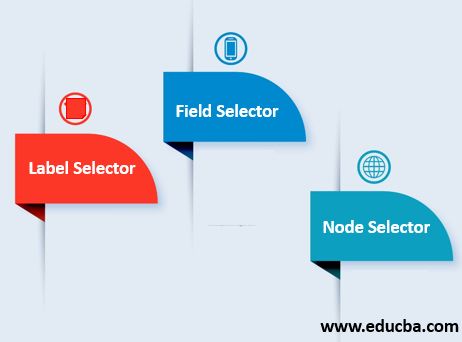

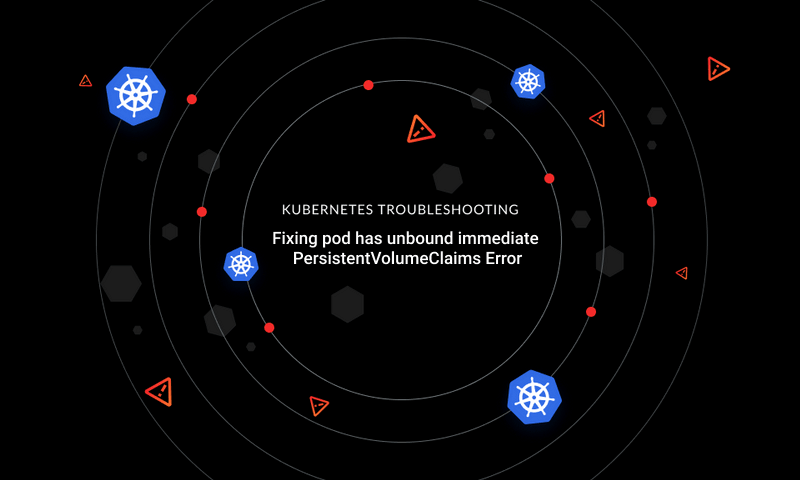
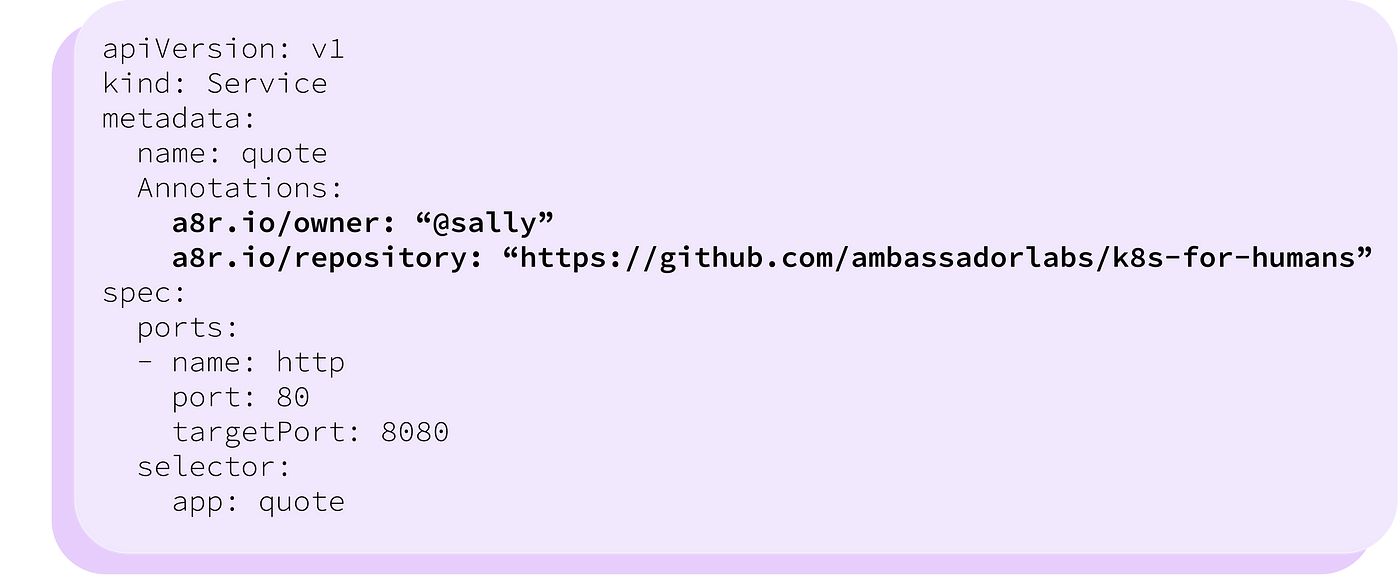
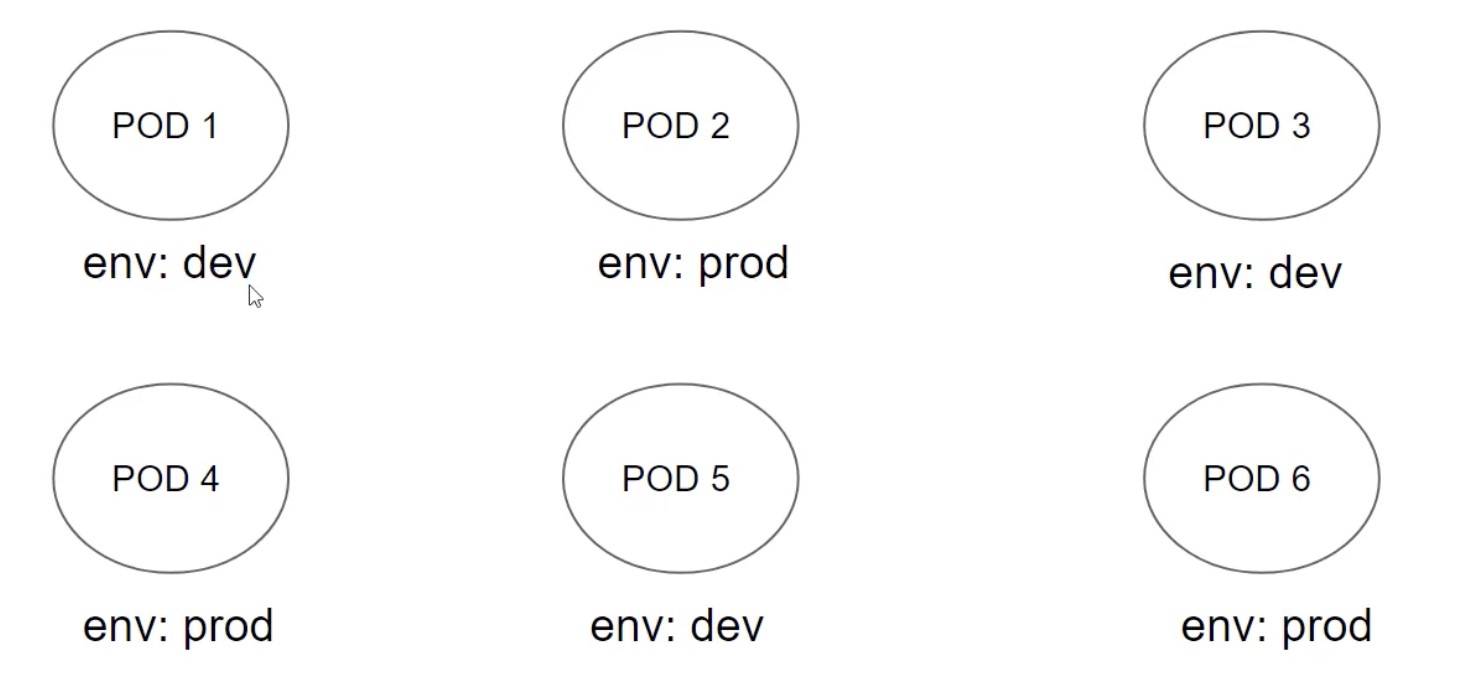









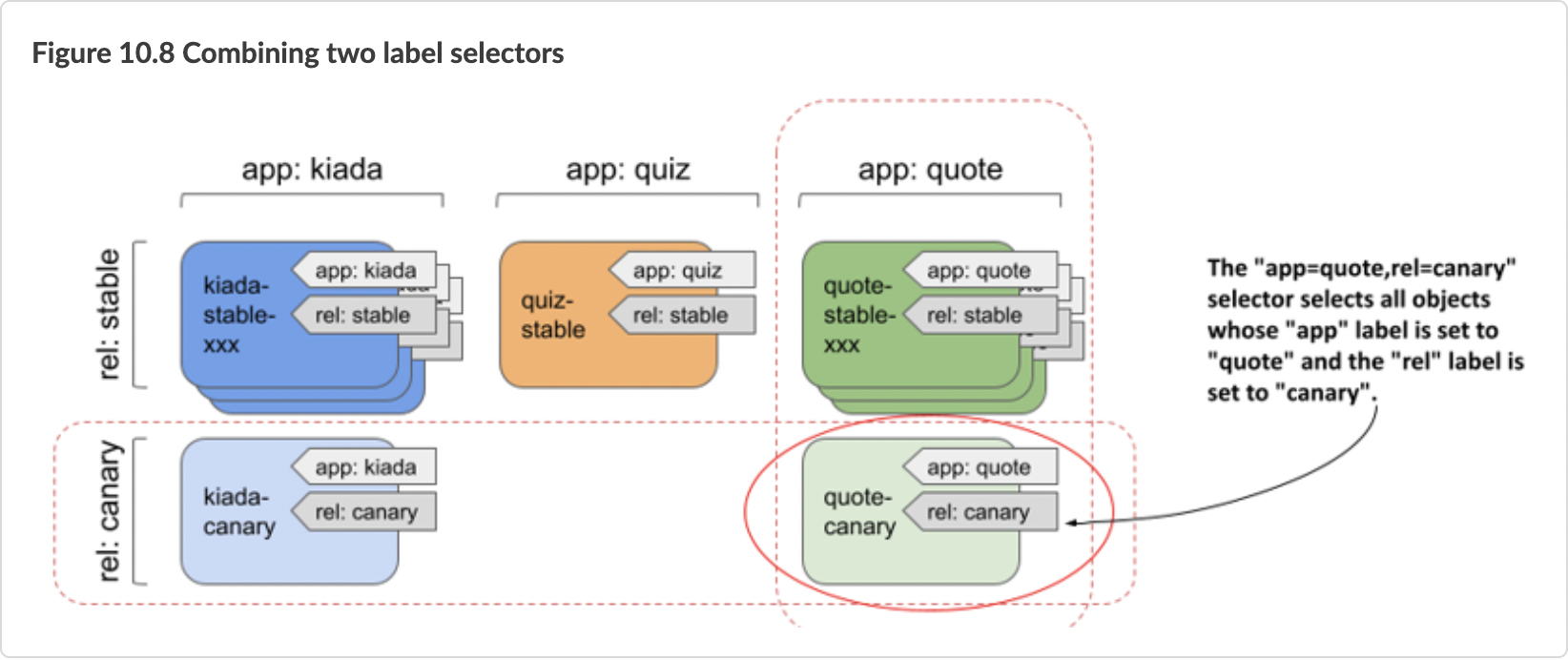





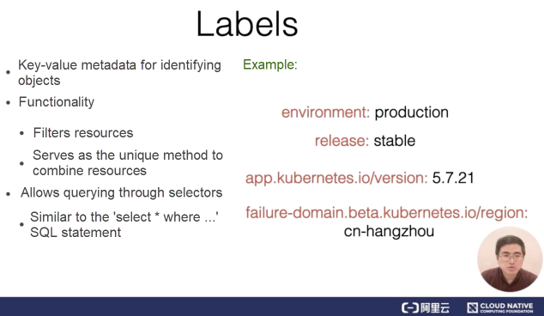
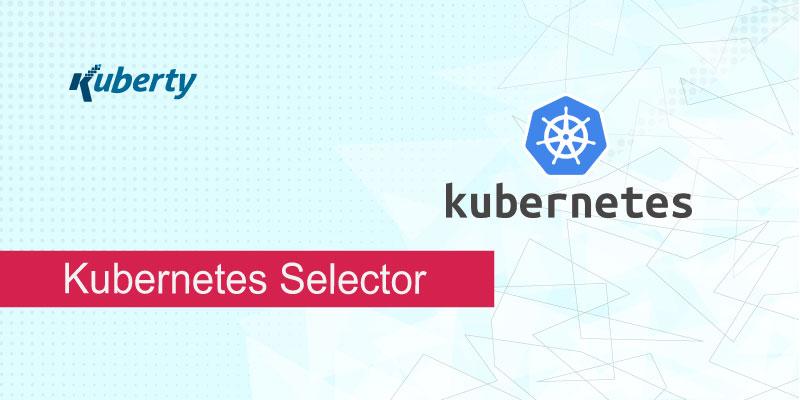
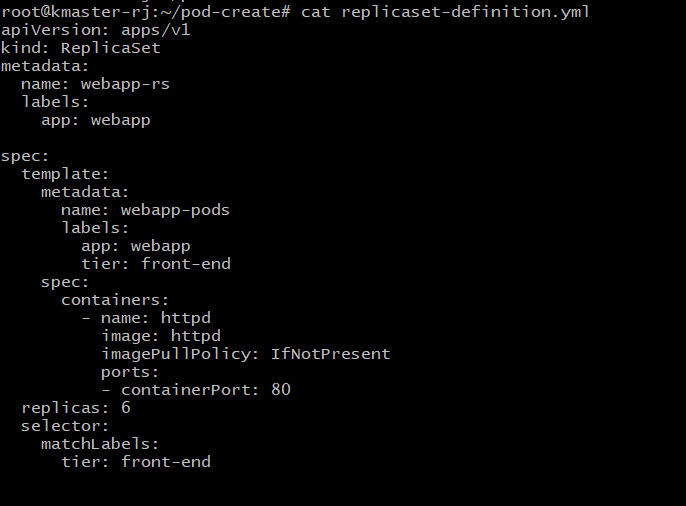


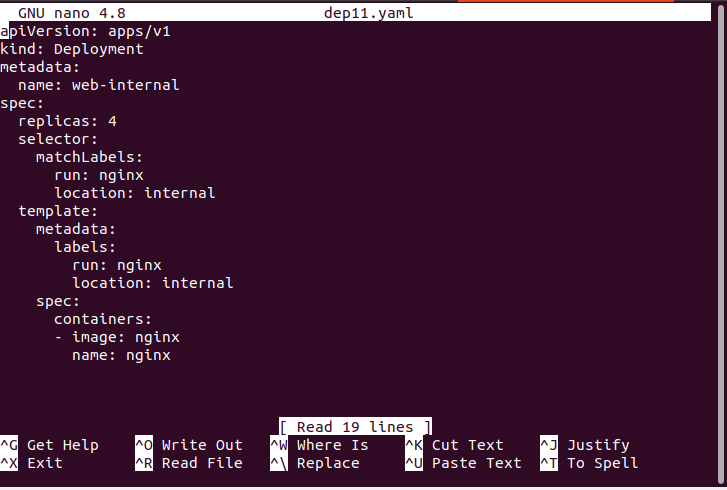


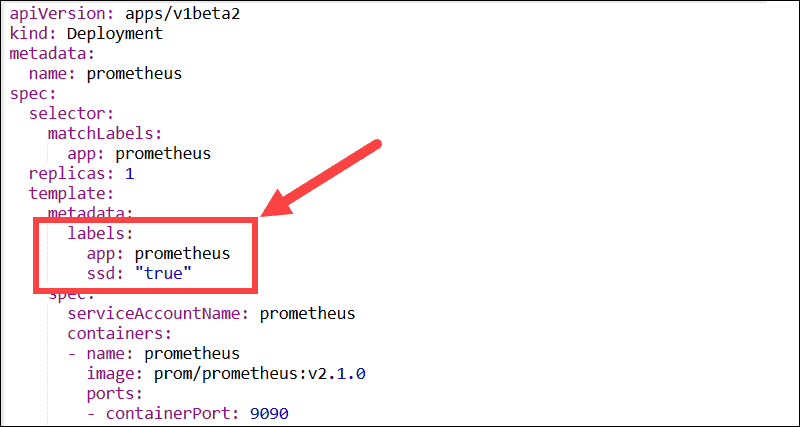





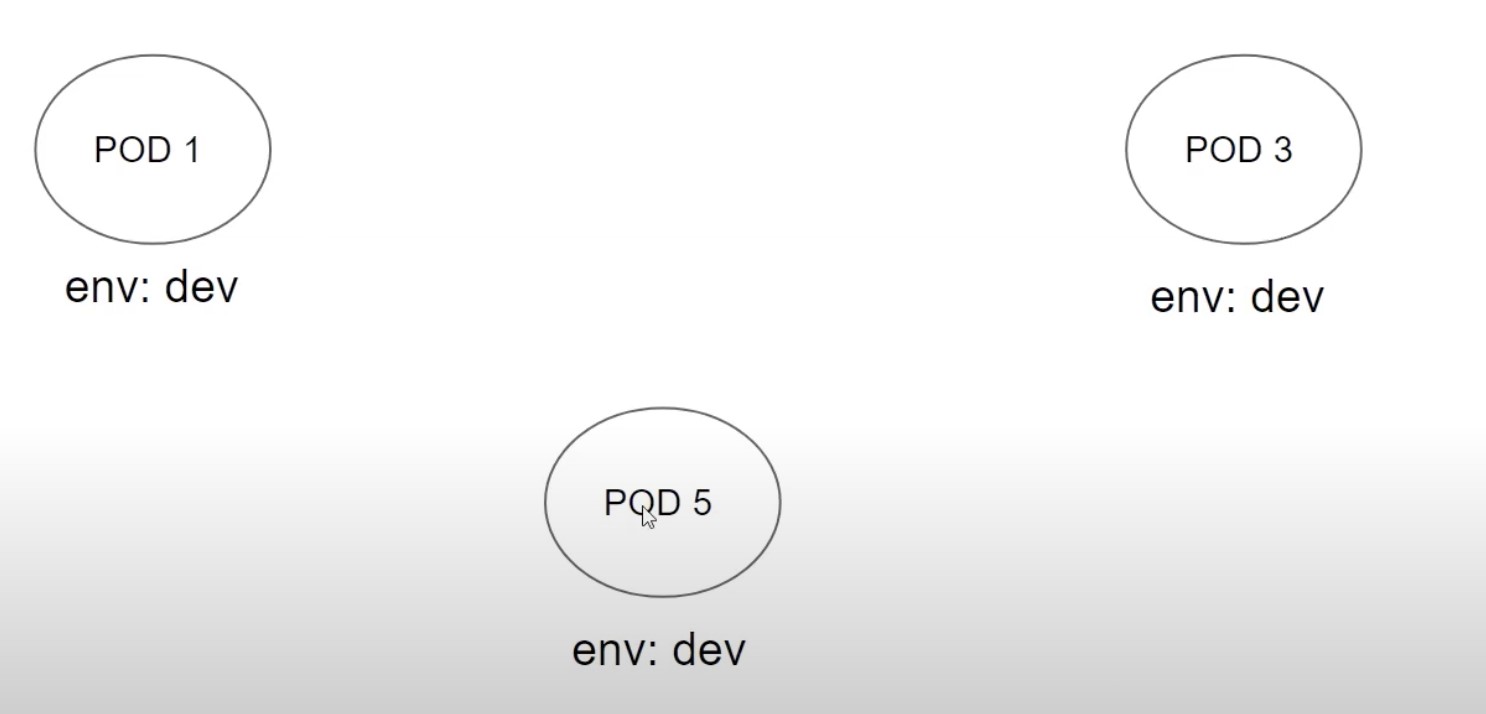

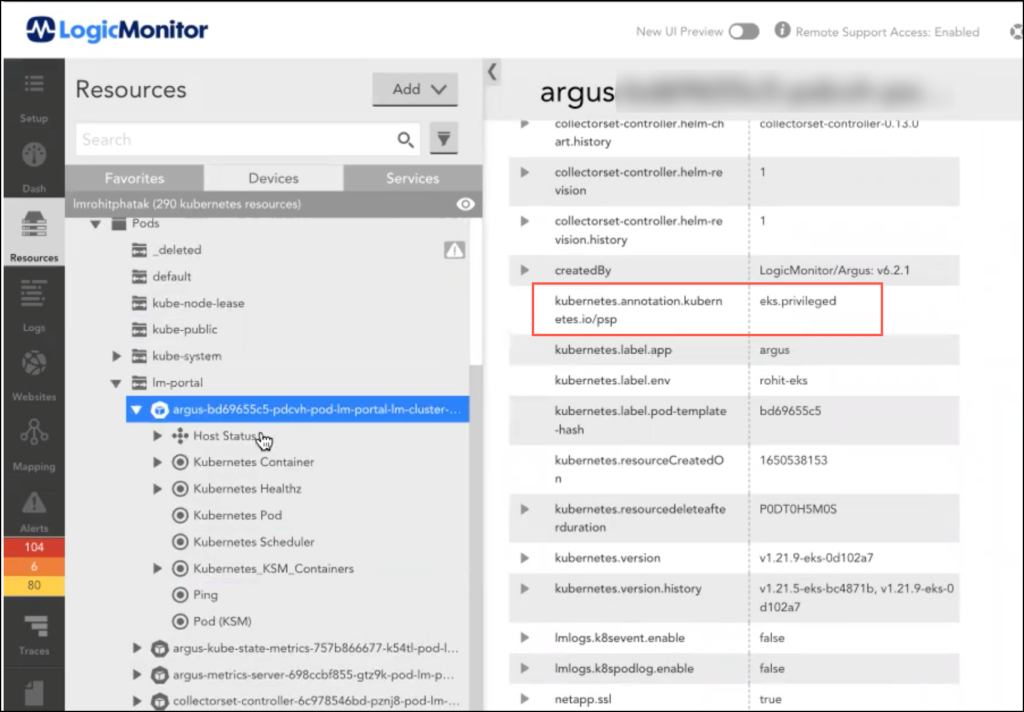
Power up your gaming experience with our Counter Strike Game Server. Reliable hosting for seamless gameplay and intense online battles.
ReplyDelete